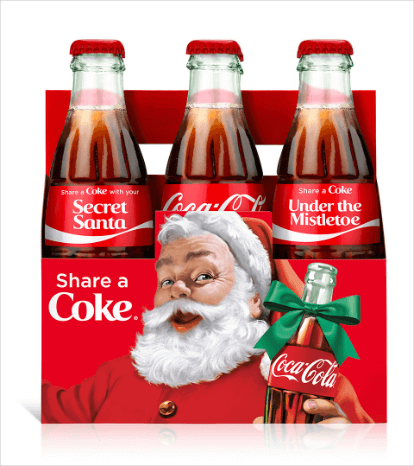
3 min read
Let’s take a virtual trip to Times Square, New York. Also known as “the Crossroads of the World” and riddled with billboards and advertisements, Times Square is probably the most famous advertising hub in the world. If most consumers skip or overlook ads in their digital interactions, they come in droves to Times Square to enjoy the neon-filled experience.
And brands know this. They know that most visitors are pedestrians, so the exposure time is longer, and they understand that advertising in the heart of the city means that they are reaching a 24-hour audience. Not to mention the millions of photos that are taken on location — for the visitors and the world to see.
Coca-Cola has been tapping into this advertising goldmine since 1920 when they first put up a sign in Times Square. The latest one was installed in 2017 and is the first 3D robotic billboard. In spite of the sophisticated technology behind the sign, the ad itself is quite classical. Yet it stays true to Coca-Cola’s brand image — the logo, brand name, color palette, and brand typography are central elements of the ad. They have become so iconic that Coca-Cola can afford to keep the same sign for years without worrying that it would become outdated.
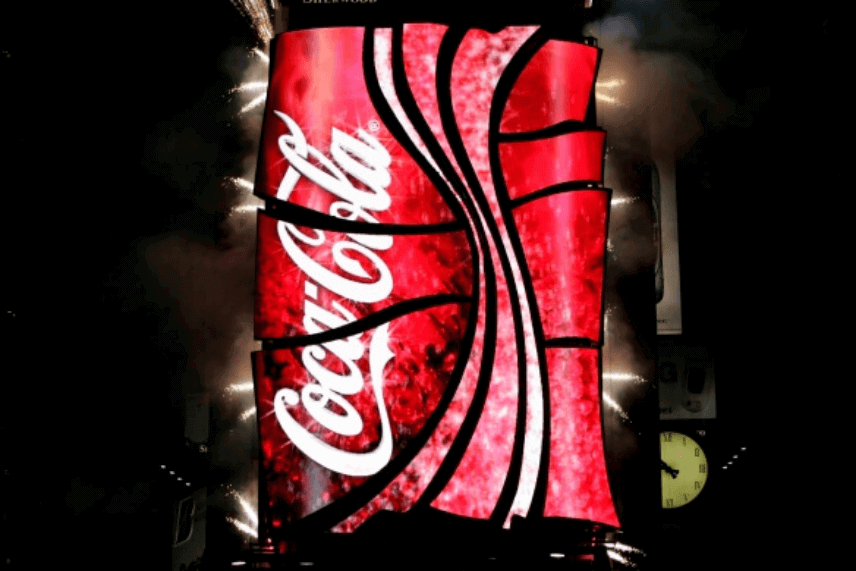
Source: image
Coca cola's 3D robotic billboard
Coca-Cola has one of the best branding ads because it banked on consistency to hone its brand image — and it paid off. Other brands should take note in order to grab the consumers’ attention and build consumer relationships for the long haul. And it all lies in branding ads.
Branding Ads 101
As you get started with ads for your business, it’s important to understand the key concepts around this tactic and why branding ads bring value to your business.
Advertisements, or ads, are written or visual messages used to promote a product, service, or campaign. To get this message across, businesses usually pay the owner of a public medium — like a channel or platform — to display or broadcast the ad.
Types of Ads — According to Medium
- 1.Print Advertising
Evidence of print advertising was found on papyrus paper created back in 3000 BC in Thebes. The practice gained momentum in Europe once Gutenberg invented the mechanical printing press in 1439. But print advertising as we know it can be largely seen in newspapers, magazines, brochures, or billboards that are used to communicate the brand’s message to its audience. To achieve this, the publisher is paid to advertise their ad in the publication. - 2.Radio Advertising
Appeared in the 1920s and is still a relevant medium for conveying a brand message or expanding the reach of a new brand venture or offering. The ad is usually played during commercial breaks. - 3.Television Advertising
First appeared in the 1940s and was used mainly to promote household items or political campaigns. Nowadays, businesses can advertise almost anything on local TV channels or national networks. The networks are paid to display the ads during commercial breaks
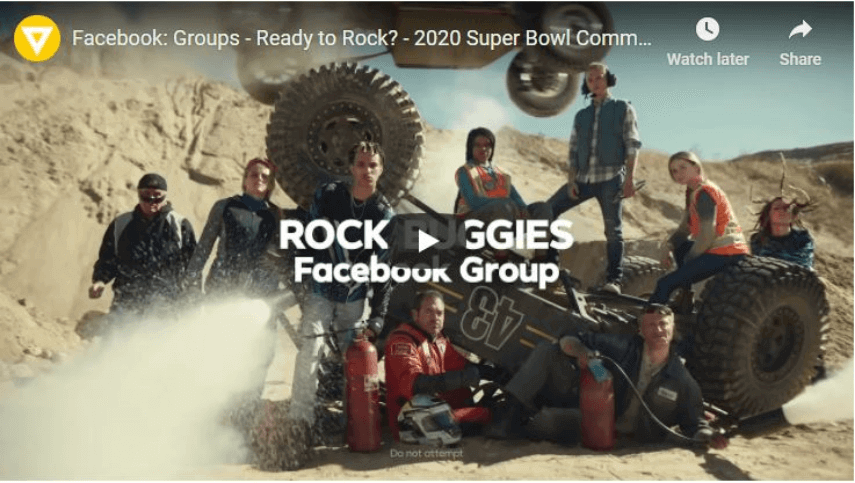
Source: image
One of the best marketing ads campaign of 2020 from Facebook.
- 4.Internet Advertising
It started in the 1990s through web banners that were added on webpages. Businesses would pay the website owner to place the ad among the web’s own content. Since then, internet advertising has expanded to video, search engine marketing, social media, and more.
Branding Ads or Direct Response Ads — What’s the Difference?
With the rise of internet advertising, two common types of ads emerged: branding ads and direct response ads.
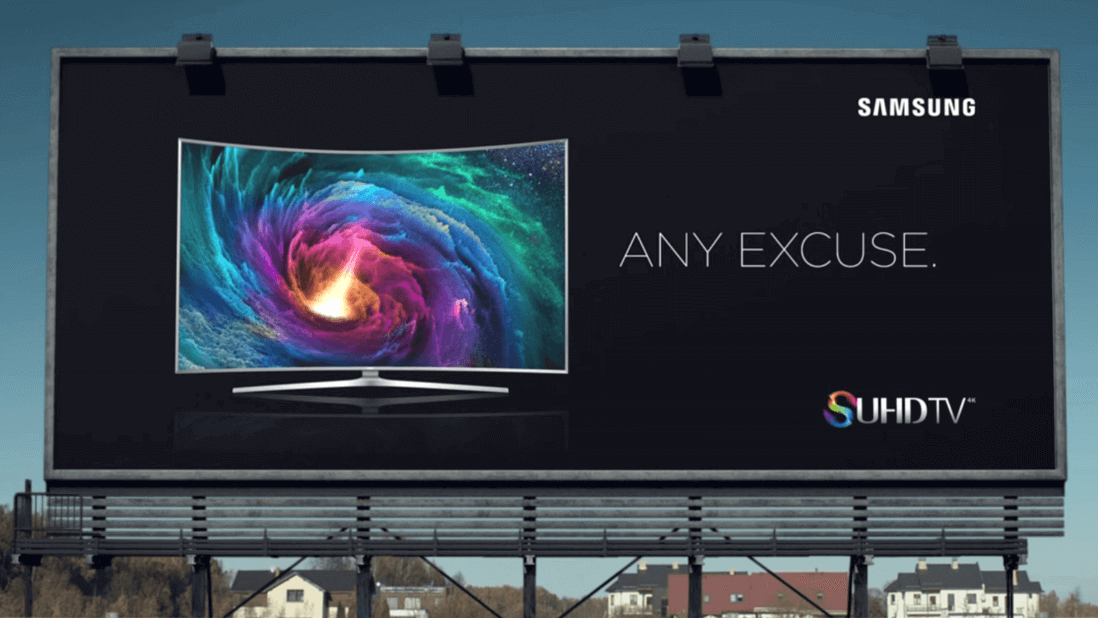
Source: image
Branding Ads
Include most of the ads that appear on TV, radio, print, or billboards. They don’t require any action from the consumer and their main goal is to increase reach and expose the brand’s offering to as many people as possible. Because they are not associated with a call to action, it is difficult to track the performance of this type of ads.
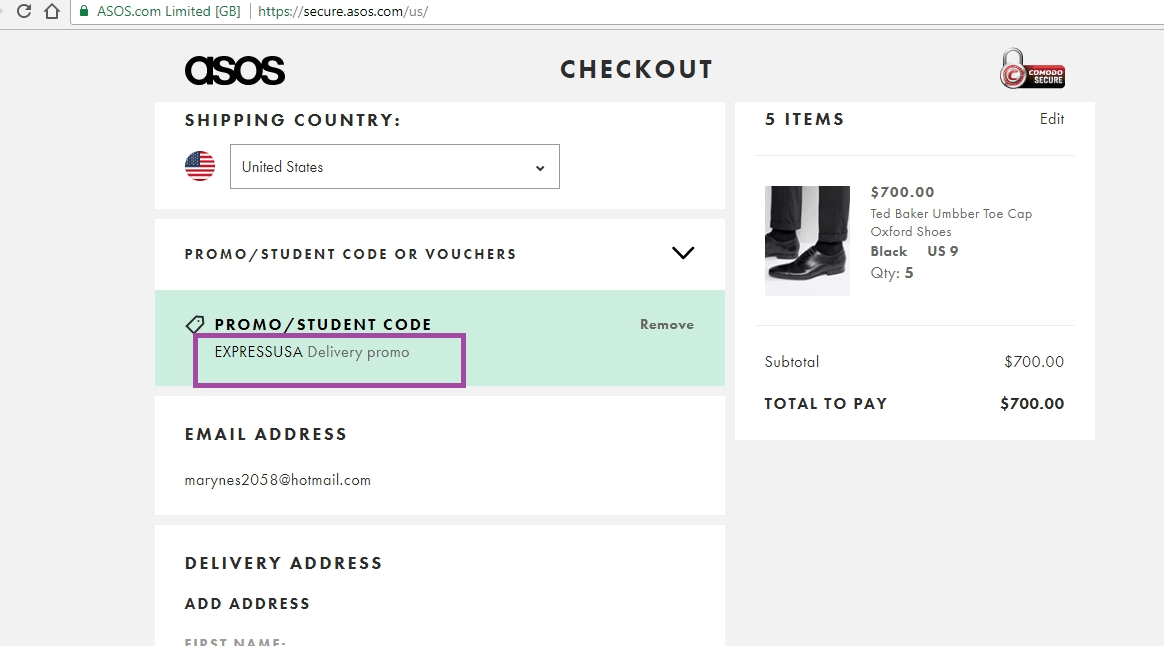
Source: image
Direct Response Ads
Mainly associated with digital advertising, direct response ads provide insights into the performance of an ad. Marketers can track and measure the consumer response through links, phone numbers, app install, coupon codes, and more. In general, businesses pay for direct response ads only when the required action is completed.
In a Nutshell
Branding ads aim for long-term positive recognition while direct response ads rely on compelling people to act now in order to get conversions. The goal of the former is to generate top-of-mind brand awareness among consumers while the goal of the latter is to drive action and measure responses. If you get branding ads right, you are likely to generate more conversions in direct response ads and build a loyal customer base.
The Brand Strategy in Your Branding Ads
Many people have pitted branding vs ads against each other. But they both work towards the same goal — to establish connections and build long-term relationships with consumers. That’s why the branding strategy is essential to any advertising effort. It helps the brand get recognition at any touchpoint in order to build a loyal customer base. Here is how you can connect all the dots between your branding strategy and the ads you use to promote your offering:
- Always Put Consistency First Whether you’re branding digital ads or outdoor billboards, make sure you have a consistent message within the same campaign. It’s the fastest way to make it stick and resonate with your target audience.
- Leave No Branding Element Behind As you craft your branding ads, make sure you include all your branding elements. This is a great opportunity to showcase your brand identity and put it out there for the world to see. While you cannot include your logo in a radio ad, you can lead with your brand tagline or brand manifesto. The rest of the mediums have no restrictions when it comes to your branding elements, so they should be present across the board.
- Get Social While branding Google ads have been widely used for paid searches based on text-based keywords, social media platforms are quickly becoming lucrative channels for advertisers based on interests and online behaviors. Social media ads have been widely associated with Facebook, but new platforms are emerging every quarter, so brands should always be on the lookout to determine if these platforms are relevant for their target audience.
Branding Ads for the Long Haul
Your ads branding strategy should strike the right balance between ads and branding. While you should take advantage of emerging platforms to advertise your product offering, you should have a solid branding strategy first.
If your ads are on brand, they will be perceived as a consistent whole and chances are they will contribute to long-lasting consumer relationships. Most brands can only dream to have the brand exposure Coca-Cola currently enjoys. It might look like their ad work is mostly done, it relies on decades of consistent and relevant branding ads that strengthened the brand image. Now it’s your turn to start this journey and use the power of branding ads to your advantage.
The Xara branding hub
Whether you want to grasp the basics of branding for your new business, want to work on your brand strategy, are stuck with your brand visuals or want to find branding tips on how to grow your business, check out:
- Foundations — Learn the basics of branding
- Strategy — Plan your brand strategy
- Build Story — Build a brand 1: Your brand story
- Build Visuals — Build a brand 2: Your brand visuals
- Management — Control your brand: Brand management
- Growth — Grow your brand: Brand marketing
- Improvement — Improve your brand: The rebrand
- Measurement — Measure your brand: Brand analytics and KPIs


